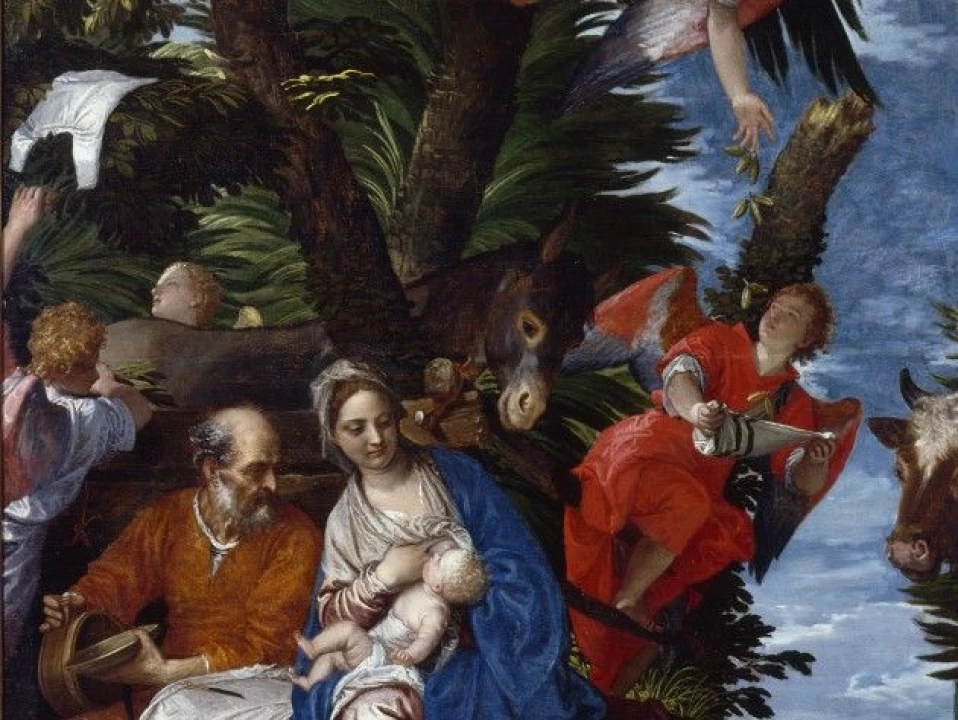Paolo Veronese (1528–1588) was one of the giants of Venetian Renaissance painting. Though perhaps best known for his grand ceiling paintings and large Biblical feast scenes, Veronese and his workshop created altarpieces and smaller religious paintings for private devotion or collectors, as well as portraits, depictions of sensual narratives drawn from the classical tradition, and allegories glorifying the Venetian state. Veronese was also an outstanding draughtsman.
The exhibition Paolo Veronese: A Master and His Workshop in Renaissance Venice presents some of the artist's finest paintings and drawings now in North American museums and private collections, as well as a selection of prints after important works. To illustrate Veronese's collaborations with other masters and his command of a workshop, the exhibition also features paintings and drawings created in part or full by talented collaborators, pupils, and assistants.
Paolo Veronese (1528–1588)
Paolo Caliari was born in Verona in 1528, but lived most of his life in the city of Venice. As early as 1553, he created works for the Doge's Palace, where he worked on and off until his death. A year later, he painted the ceiling in the sacristy of San Sebastiano; over the next twenty years, he decorated nearly every surface of the Venetian church. In 1557, he was awarded a gold chain as the prize for the best painter in the team that decorated the ceiling of the Marciana Library. Around 1560, he covered the interiors of the Villa Barbaro at Maser with frescoes, a cycle considered to be his masterpiece. Veronese also produced many vast canvases depicting New Testament feasts for monasteries. In 1573, his Feast in the House of Levi brought him before the Inquisition on charges of having included improper figures in a religious composition; he defended himself and was acquitted.
Veronese died on April 19, 1588 and was buried in the church he had almost single-handedly decorated, San Sebastiano. His workshop continued under his brother and sons, though it slowly declined. Veronese's art was extremely popular during his life and after his death. His works were sought by collectors and connoisseurs, many prints were produced after his paintings, and generations of artists were influenced by his magnificent compositions and elegant, exuberant style.
This exhibition was organized by The John and Mable Ringling Museum of Art, Sarasota, Florida and received generous support from the National Endowment for the Arts Federal Indemnity Program, The Florida State University and The John and Mable Ringling Museum of Art Foundation, Inc., the Samuel H. Kress Foundation, the Gladys Krieble Delmas Foundation, the Mary Lou and Peter Vogt Museum Exhibition Fund, and the Steve and Stevie Wilberding Ringling Museum Endowment.



